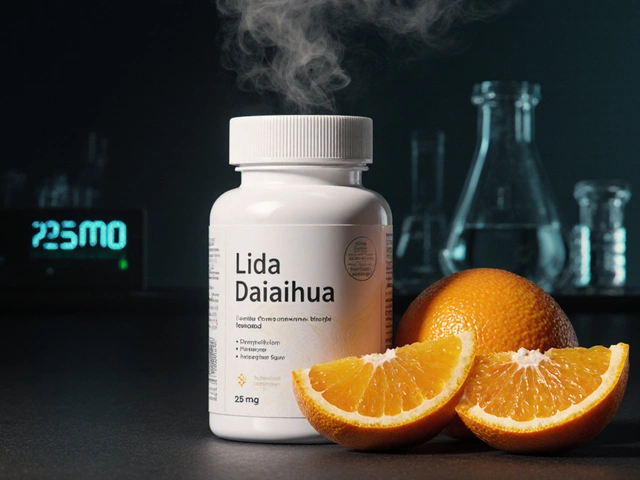Beta Blocker Eye Drops: What They Are, How They Work, and What You Need to Know
When your eye pressure stays too high, it can silently damage your optic nerve — that’s beta blocker eye drops, a class of medications used to reduce fluid buildup in the eye by slowing down how much fluid is made. Also known as ocular hypotensive agents, they’re one of the most common first-line treatments for glaucoma, a group of eye diseases that cause progressive vision loss. These drops don’t cure glaucoma, but they stop it from getting worse — and that’s the whole point.
How do they actually work? Your eye makes a fluid called aqueous humor. When it can’t drain properly, pressure builds up. Beta blocker eye drops cut down how much fluid your eye produces. They don’t open up the drainage system — they just make less fluid to begin with. That’s why they’re often paired with other drops that help fluid drain better. Common ones include timolol, betaxolol, and levobunolol. You use them once or twice a day, usually for life. Side effects are usually mild — stinging, dry eyes, or blurry vision — but some people get slower heart rates or breathing issues, especially if they have asthma or heart problems. That’s why your doctor checks your medical history before prescribing them.
These drops aren’t just for glaucoma. They’re also used after eye surgery to control pressure spikes, and sometimes for other conditions like ocular hypertension — where pressure is high but there’s no nerve damage yet. If you’ve been prescribed them, you’re not alone. Millions use them every day. But they’re not magic. They only work if you use them consistently. Missing doses lets pressure creep back up, and damage can happen without you noticing. That’s why keeping track matters. Some people use pill organizers or phone alarms. Others link taking drops to brushing their teeth — a simple habit that sticks.
There’s a lot of confusion about these medications. People think all eye drops are the same. They’re not. Beta blockers are different from prostaglandins, which increase drainage, or carbonic anhydrase inhibitors, which also reduce fluid but work differently inside the cell. Each type has its own risks and benefits. And while some people switch between them, others stick with one because it works well and has fewer side effects. Your doctor doesn’t just pick a random drop — they match it to your body, your other meds, and your lifestyle.
What you’ll find in the posts below are real, practical insights from people who’ve lived with these drops, doctors who prescribe them, and researchers who study their long-term effects. You’ll see how they compare to other glaucoma treatments, what side effects really show up in daily life, and how to handle missed doses without panic. There’s no fluff — just clear, no-nonsense info that helps you take control of your eye health, one drop at a time.

Betaxolol: Understanding Its Role in Glaucoma Treatment
Betaxolol is a beta blocker eye drop used to lower intraocular pressure in glaucoma patients. It reduces fluid production in the eye and is often chosen for those with asthma or heart conditions due to its selective action. Learn how it works, who it's best for, and how to use it safely.
Categories
- Medications (41)
- Health and Medicine (40)
- Health and Wellness (34)
- Online Pharmacy Guides (15)
- Nutrition and Supplements (7)
- Parenting and Family (3)
- Environment and Conservation (2)
- healthcare (1)
- prescription savings (1)



